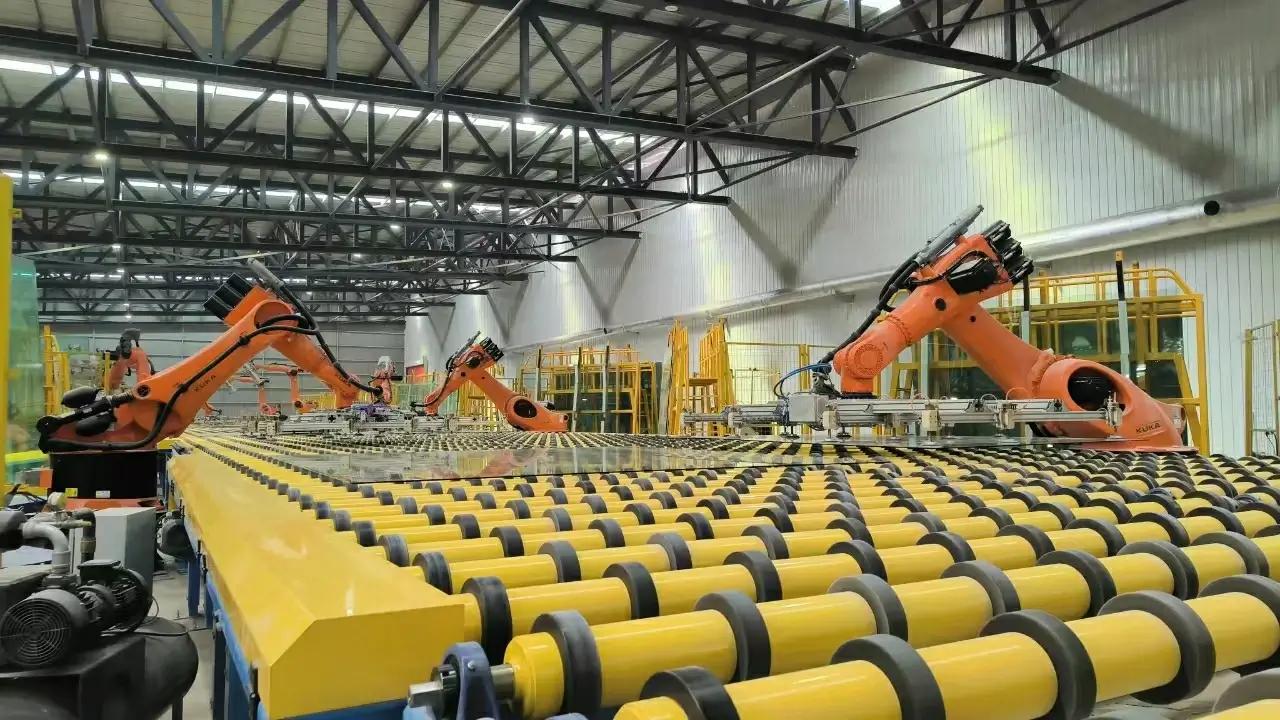

The Aesthetic and Functional Benefits of Tinted Float Glass
Tinted float glass has emerged as a popular choice in modern architecture and design, combining both aesthetic appeal and practical functionality. This specialized glass is created by adding various metallic oxides during the manufacturing process, resulting in a range of colors and shades that can enhance the beauty of buildings while providing essential benefits, particularly in energy efficiency and occupant comfort.
One of the primary advantages of tinted float glass is its ability to reduce glare. In environments with abundant natural light, such as offices or large glass facades, sunlight can create uncomfortable glare that distracts occupants and can negatively impact productivity. Tinted float glass acts as a barrier, filtering harsh sunlight and allowing a softer, diffused light to enter the space. This quality not only enhances comfort but also contributes to a more pleasant indoor atmosphere.
Additionally, tinted float glass helps in controlling temperature levels within a building. Buildings with large glass surfaces can experience significant heat gain during the summer months, leading to increased reliance on air conditioning systems. By using tinted float glass, buildings can effectively reduce solar heat gain, maintaining cooler indoor temperatures and decreasing energy consumption. This energy efficiency is not just beneficial for reducing utility bills; it also supports broader environmental goals by lowering the carbon footprint associated with energy use.
In terms of aesthetics, tinted float glass offers architects and designers a versatile medium to express creativity
. With a variety of colors available—from subtle bronze and gray to deep green and blue—designers can choose the perfect hue to complement a structure's overall design. This adaptability allows buildings to seamlessly blend into their surroundings or stand out as distinctive landmarks. Moreover, tinted glass can enhance the perceived value of a property, making it an attractive choice for developers and homeowners alike.
Privacy is another significant advantage of tinted float glass. In urban environments where buildings are often in close proximity, maintaining privacy can be a challenge. Tinted glass provides an effective solution by obscuring the view from the outside while still allowing natural light to enter. This feature is particularly beneficial for residential homes and office buildings, creating a more comfortable and secure environment for occupants.
While the benefits of tinted float glass are substantial, it is essential to consider the factors involved in its application. For instance, the choice of tint must align with the specific needs of a project, including local climate conditions and the direction the building faces. Additionally, professionals must balance tint levels so that they do not compromise visibility or the building's overall aesthetic.
The installation of tinted float glass also requires careful consideration of frame materials and types of coatings. Using the right frame systems and additional coatings can further enhance the glass's performance characteristics, such as UV protection and thermal insulation. By understanding these various elements, architects and builders can optimize their designs to take full advantage of tinted float glass’s functionality.
In conclusion, tinted float glass is a multifaceted material that offers a harmonious blend of aesthetic beauty and practical benefits. Its ability to reduce glare, enhance privacy, improve energy efficiency, and provide design versatility makes it an increasingly favored choice in contemporary architecture. As the demand for sustainable and visually appealing design solutions grows, tinted float glass will undoubtedly continue to play a critical role in shaping the future of architectural innovation. Its transformative qualities not only elevate the visual aspect of buildings but also create environments that prioritize both comfort and sustainability, making it an invaluable asset in the realm of modern design.